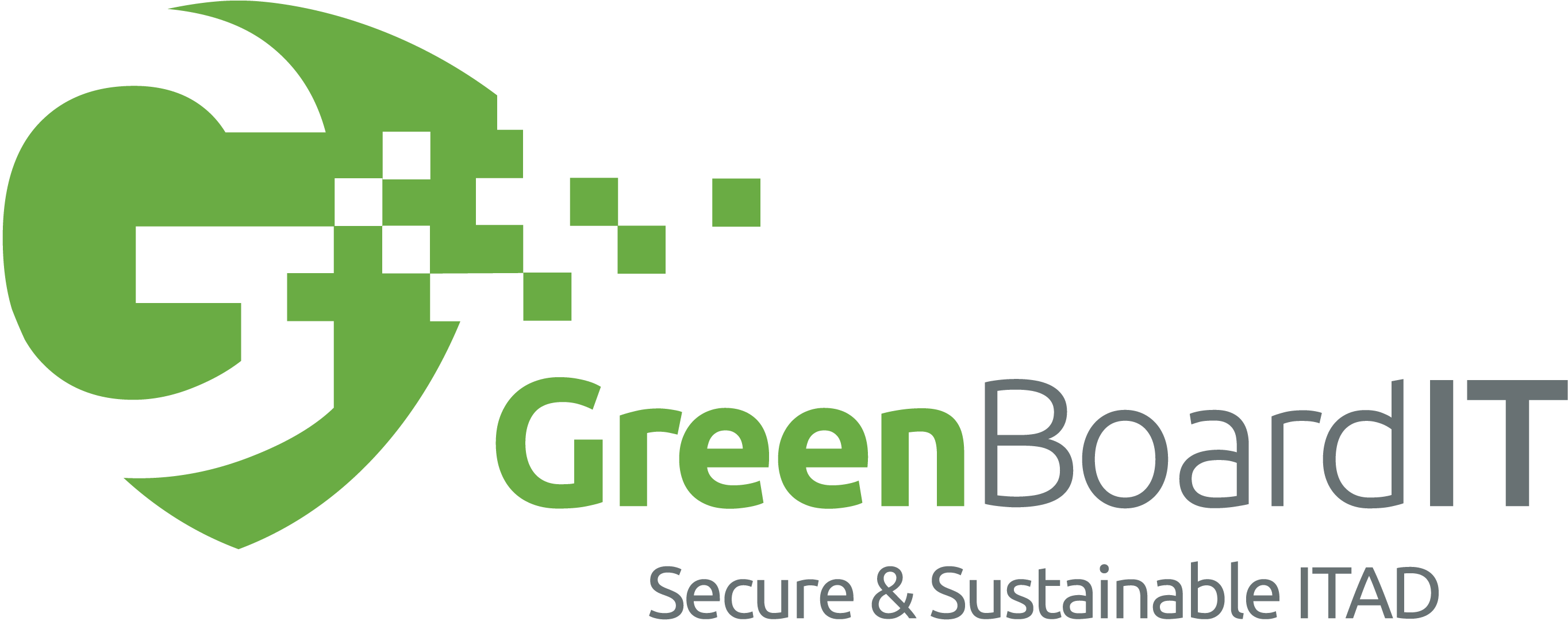Today, we’re diving deep into the world of IT Asset Disposition (ITAD) and the critical role it plays in safeguarding your data. As the saying goes, “data is the new oil,” and just like any valuable resource, it needs to be handled with utmost care. In this blog post, we’ll explore how ITAD companies ensure data security compliance, the foundations of good data security practices, various storage media types, and what you can do to protect your sensitive information. So, let’s buckle up and embark on this journey of digital safety!
Why is Data Security Crucial in IT Asset Disposition?
When you part ways with your old laptops, smartphones, or servers, it’s vital to recognize that these devices contain a trove of personal and confidential information. If not disposed of properly, your data could end up in the wrong hands – a haunting prospect for any individual or organization. This is where ITAD companies step in as trusted guardians of your digital assets.
Foundations of Good Data Security:
Data security begins with a strong foundation rooted in well-established principles. To ensure maximum protection for your sensitive information during asset disposition, reputable ITAD companies adhere to the following practices:
- Risk Assessment: Conducting a comprehensive risk assessment helps identify potential vulnerabilities within an organization’s data management practices. By understanding these risks upfront, appropriate mitigation strategies can be implemented.
- Secure Data Destruction: Proper destruction methods are crucial to prevent any possibility of data recovery from retired devices. It involves techniques such as degaussing (using magnetic fields to erase data), shredding physical media (like hard drives), or secure wiping using advanced software tools.
- Chain-of-Custody Documentation: Maintaining detailed records throughout the entire disposal process ensures accountability at every step. From collection to final disposition, a clear chain of custody documentation provides transparency and traceability.
Exploring Data Storage Media Types:
To appreciate the complexity of data security in ITAD, let’s take a closer look at the various storage media types commonly found in electronic devices:
- Hard Disk Drives (HDDs): Traditional HDDs contain spinning platters where data is magnetically stored. These drives must be properly wiped or physically destroyed to ensure data cannot be recovered.
- Solid-State Drives (SSDs): SSDs use flash memory to store data, making them faster and more efficient. However, due to their unique architecture, secure wiping is often more challenging. ITAD companies employ specialized software or hardware solutions to effectively erase SSDs.
- Magnetic Tapes: Although less common these days, magnetic tape storage remains prevalent in certain industries for long-term archiving purposes. Secure erasure techniques are used to ensure that no trace of sensitive information remains on these tapes.
- Mobile Devices: Smartphones and tablets store vast amounts of personal and business-related data. ITAD companies take extra precautions by utilizing forensic tools that securely erase both internal and external storage components.
Maintaining Data Security during IT Asset Disposition:
Once you hand over your devices for disposal, it’s crucial that robust data security practices are followed throughout the entire lifecycle of your assets. Here’s how responsible ITAD companies ensure your data remains secure:
- Secure Transportation: Starting from the moment your assets leave your premises, dedicated vehicles equipped with GPS tracking systems ensure safe transit until they reach a certified facility for processing.
- Data Destruction Certificates: Upon completion of the disposal process, you receive certificates detailing the methods used for data destruction, guaranteeing compliance with industry standards and regulations.
Standards and Regulations for ITAD Data Security Compliance:
To ensure consistent best practices across the industry, several standards and regulations dictate how ITAD companies handle sensitive information. Some notable ones include:
- NIST SP 800-88: Developed by the National Institute of Standards and Technology (NIST), this guideline provides detailed instructions on media sanitization, including secure wiping, degaussing, and physical destruction.
- GDPR: The General Data Protection Regulation sets stringent rules for protecting personal data of individuals within the European Union (EU). ITAD companies handling EU citizens’ data must comply with GDPR requirements.
- HIPAA: The Health Insurance Portability and Accountability Act establishes data security and privacy standards for healthcare organizations. ITAD companies working with healthcare providers must adhere to HIPAA regulations.
- e-Stewards and R2: These certifications ensure responsible electronics recycling practices, including data security compliance. ITAD companies holding these certifications demonstrate their commitment to sustainable and secure disposal methods.
How GreenBoard IT Can Help with Your E-Waste Disposal
At GreenBoard IT, we take pride in providing comprehensive IT asset disposition services that prioritize your data security needs. Our team of experts ensures compliance with industry standards, employing state-of-the-art techniques to protect your sensitive information during the disposal process.
Whether you’re an individual or an organization looking to safely retire your old devices, GreenBoard IT offers secure transportation, meticulous data destruction methods, and transparent documentation throughout the entire lifecycle of your assets. Trust us to handle your e-waste responsibly while safeguarding your valuable data.





